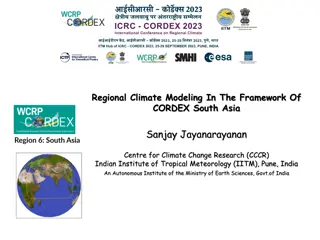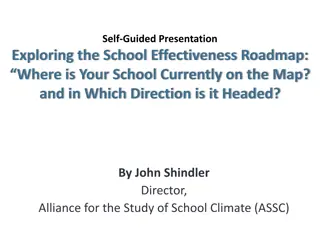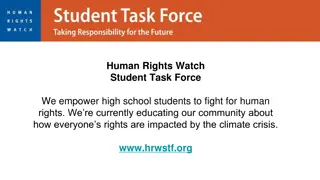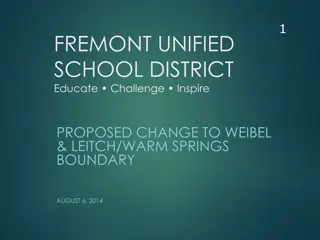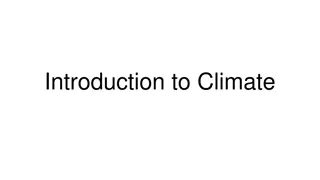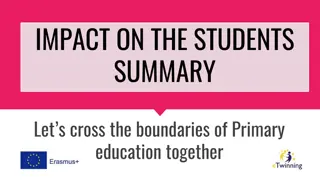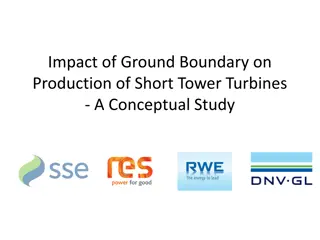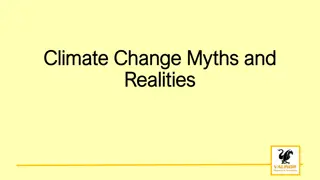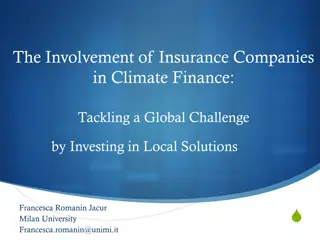Impact of Out-of-Boundary Students on School Academic Climate
This research study challenges the impact of out-of-boundary students on a school's academic success, focusing on statistical data and educator opinions in DC Public Schools. Data analysis highlights teachers' preferences between in-boundary and out-of-boundary students.
Download Presentation

Please find below an Image/Link to download the presentation.
The content on the website is provided AS IS for your information and personal use only. It may not be sold, licensed, or shared on other websites without obtaining consent from the author.If you encounter any issues during the download, it is possible that the publisher has removed the file from their server.
You are allowed to download the files provided on this website for personal or commercial use, subject to the condition that they are used lawfully. All files are the property of their respective owners.
The content on the website is provided AS IS for your information and personal use only. It may not be sold, licensed, or shared on other websites without obtaining consent from the author.
E N D
Presentation Transcript
Whos Who? Who s Who? of- -Boundary Boundary Students Affect a School s Students Affect a School s Academic Climate? Academic Climate? How Do Out How Do Out- -of John M. Clayborn WTU Teacher Leader 2018-2019
RATIONALE This research study challenges the idea that out-of- boundary students affect a school s academic success. Some average performing DC schools have a higher percentage of out-of-boundary students than high performing schools which maintain a low percentage of out-of-boundary students. This study focuses on statistical data and opinions from educators in District of Columbia Public Schools (DCPS) and provides an analysis of how out-of-boundary students affect a school s academic climate.
Literature Review According to the DCPS Audited Enrollment File (2018) of all students enrolled, 56% attend their neighborhood schools across grades K-12. Elementary schools in Wards 3 and 4 enroll 80% or more of their students from within their boundary (DCPS Audited Enrollment File, 2018).
Research Design and Process Data was collected and analyzed using an anonymous survey, iReady Math Data, and DCPS Audited Enrollment File. Six questions were created and administered to teachers of grades 3-5.
Research Design and Process 1. 1. Is having out-of-boundary students a good thing for our school? 2. 2. Do you feel out-of-boundary students impact reading and math test scores? 3. 3. How does the performance of your out-of-boundary students compare to in-boundary- students? 4. 4. Do you think out-of-boundary students are performing as well as in-boundary students? 5. 5. As a classroom teacher would you prefer to teach a classroom full of in-boundary or out of boundary students?
Data Analysis Majority of the respondents felt as if out-of-boundary students affect reading and math test scores. One of the selected teachers stated, Currently, my out-of-boundary students have issues with attendance and this impacts their learning. The overall results highlighted that majority of the teachers who were selected for the anonymous survey preferred students who were considered in-boundary students.
Recommendations Further research is needed to determine why parents choose to transfer to another school that is not in their neighborhood. Schools should partner with outside establishments to work with our students beyond the classroom, to address their emotional and educational needs. DCPS should have a complete focus on cultivating family support to address the issues that are arising in certain wards.




